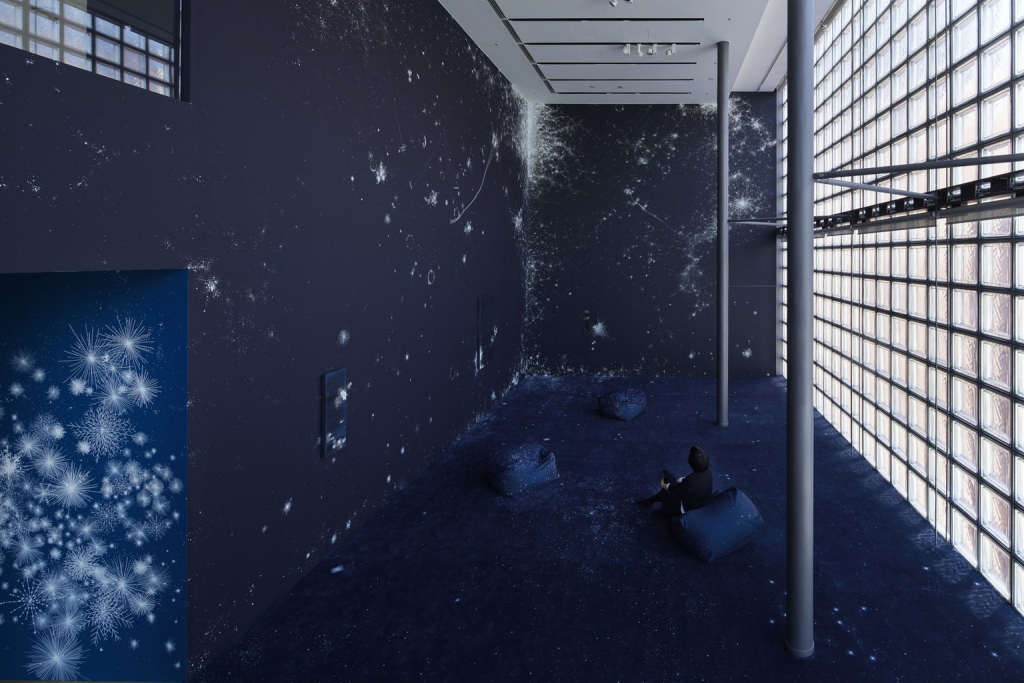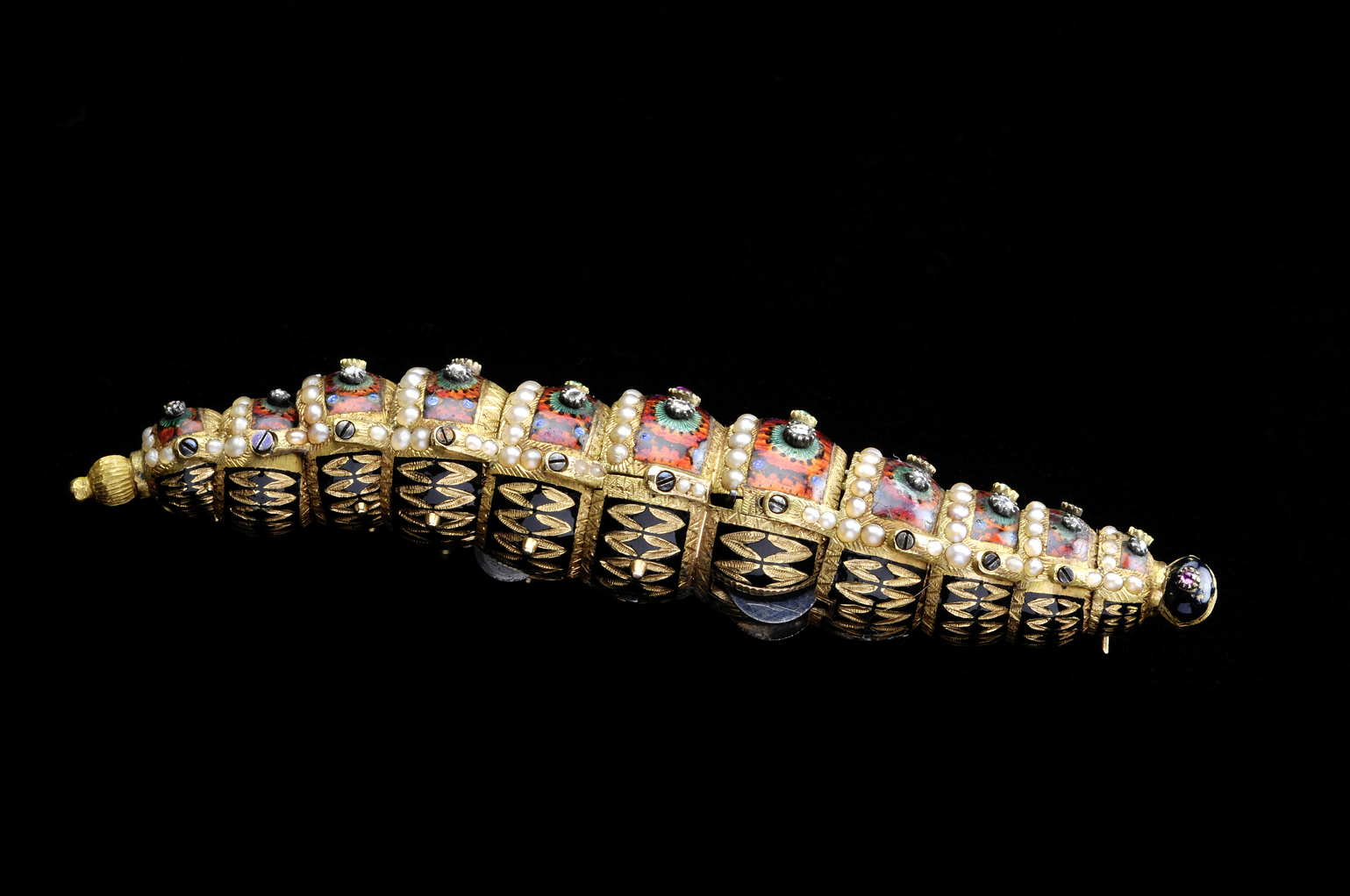This month, we embrace a mix of traditional and contemporary art of all shapes and sizes. Surround yourself in an space-like installation, dive into the intricacies of watch-making or study the evolution of themes in Japanese art.
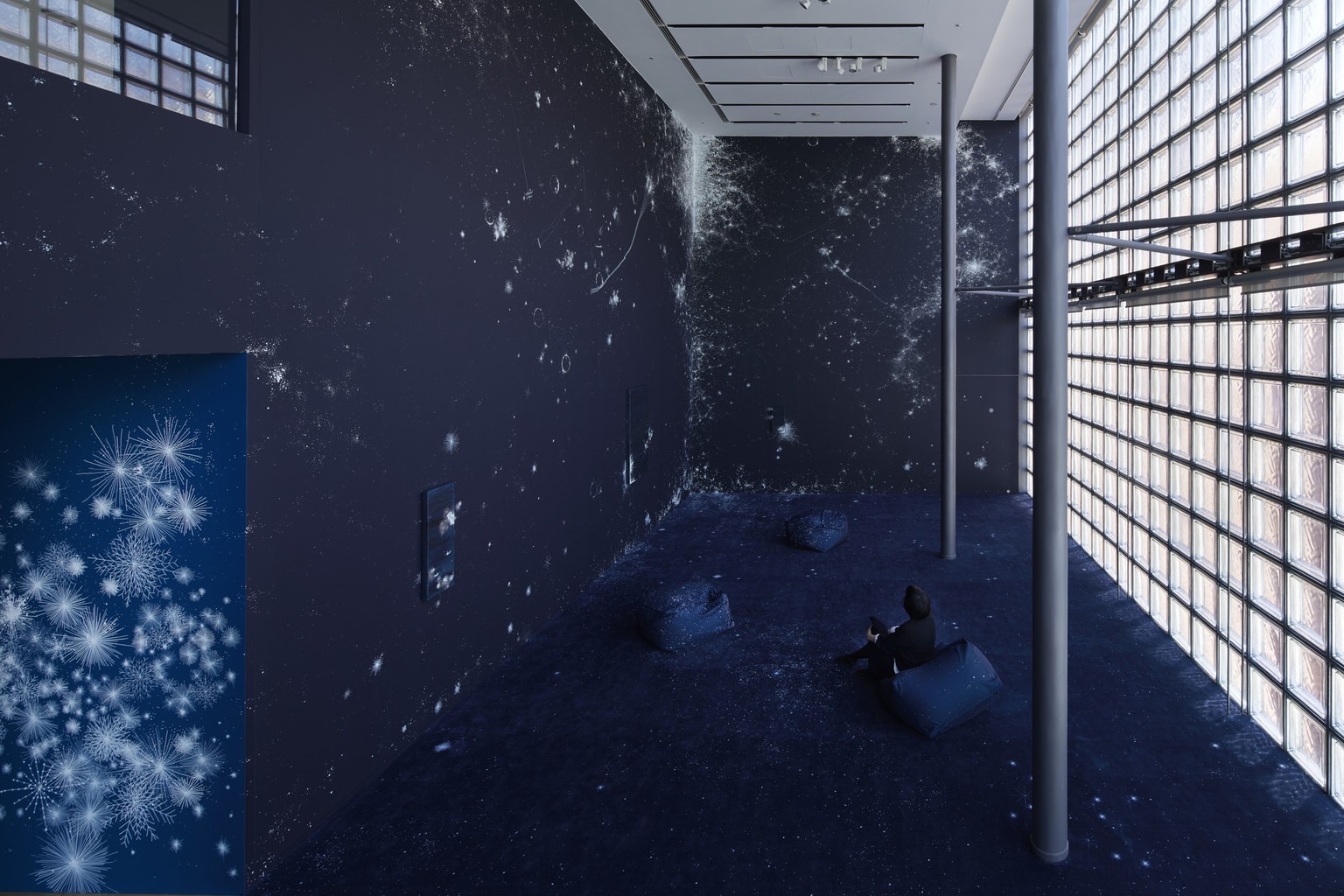
©Nacása & Partners Inc. / Courtesy of Fondation d’entreprise Hermès
“Cosmic Garden” by Sandra Cinto
Sandra Cinto has developed an incomparable signature throughout her career and works. Blurring reality and fantasy through a series of precise line work, she creates landscapes that cannot be seen anywhere else, evoking scenes of human hardship and redemption. This exhibition’s heart is a breathtaking installation that tries to place the flow of life in the universe, using Cinto’s signature technique over a gradient of blues and indigos.
Ginza Maison Hermès Le Forum Until May 10
Mechanical Wonders
*Temporarily closed through March 31*
This exhibition brings underrated art to the table by shedding light on the most precious pieces from the Maurice Sandoz collection of watches and automata, which have been expertly restored by Swiss master watchmaker Michel Parmigiani. It also celebrates 40 years since Parmigiani first encountered the Sandoz Family Foundation, which led to the creation of Parmigiani Fleurier Manufacture. Learn about the restoration and complexity of these fascinating pieces of machinery handmade in the 19th century.
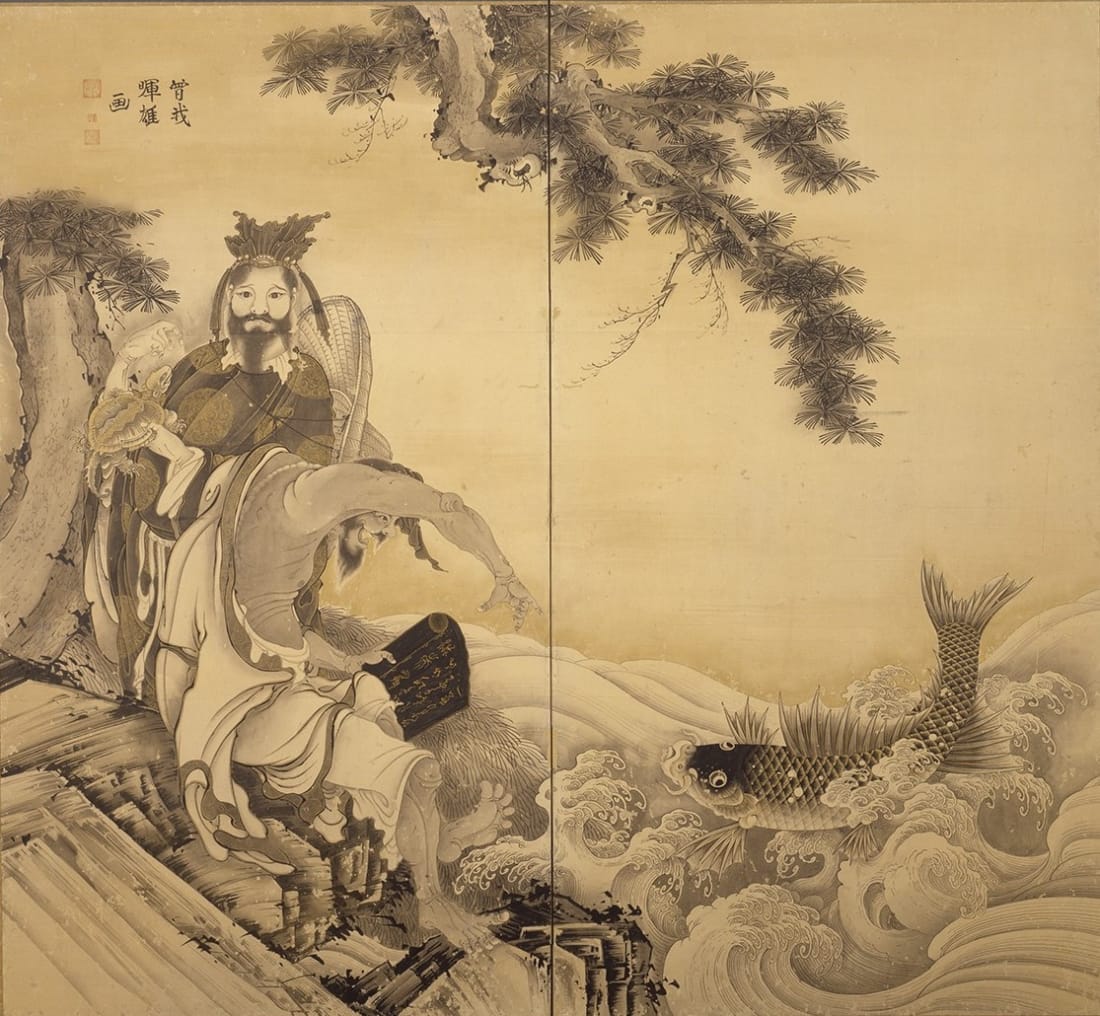
SOGA Shohaku, Immortals, Edo Period (18th century), Pair of two-panel folding screens, Tokyo University of the Arts *On show between March 11 and April 16
Timeless Conversations 2020: Voices from Japanese Art from the Past and Present
*Exhibition suspended*
This exhibition showcases side by side the works of contemporary artists of all mediums and masterpieces of classical Japanese art. Among the latter you’ll find Edo-period names such as Enku, Kenzan, Shohaku and Hokusai in the form of exemplary paintings of nature and Buddhist imagery. In the same room, visitors can find the works of eight important contemporary Japanese artists including Tomoko Konoike, and Tadanori Yokoo among others. This integrated approach allows us to reflect on the similarities and differences that might be concealed in these representations of the two respective eras.
The National Art Center, Tokyo TBC-June 1
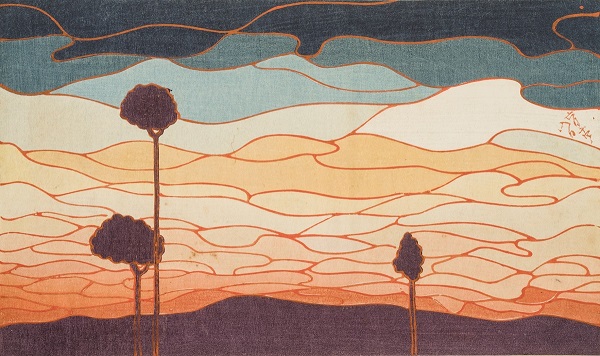
Seifu Tsuda, Uzura Goromo, 1903, woodcut and paper, Yamada Unisodo Scott Johnson Collection ©Rieko Takahashi
Seifu Tsuda: The Disobedient Painter – Works from the Meiji, Taisho and Showa Eras
*Cancelled*
In this special exhibition, the Nerima Museum introduces Seifu Tsuda, a painter born in Kyoto during the Meiji era (1868-1912). Unlike some of his contemporaries, Tsuda was heavily inspired by his stay in Europe and, while he was trained in Japan, his best pieces showcase his expertise in the Western style and pull inspiration from various movements from the 1920s. While not much else is known about Tsuda, he was said to be close to novelist Natsume Soseki and many of the artist’s illustrations appeared in novels by the famous author.
Nerima Museum Until April 12

